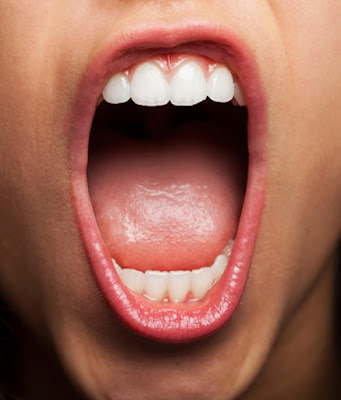What is tooth enamel?
Tooth enamel is the visible part of the tooth that covers the dental crown. A tooth is made up of enamel, dentin, cementum and dental pulp. It is the hardest part of the tooth. Enamel is formed within the gums before the eruption of the tooth. It is highly mineralized and acts as a shell to protect the teeth from harm. It is translucent and gives a smooth polished look to the tooth.
What are the functions of tooth enamel?
Enamel protects the teeth from daily wear and tear caused by activities like chewing, biting and grinding. Sometimes due to these activities, the enamel may break or chip. Enamel also protects the teeth when we drink or eat the food at extreme temperatures. It also protects the teeth from chemicals.
What is tooth erosion or enamel degradation?
Tooth erosion or enamel degradation happens when the tooth enamel wears away due to the effect of acids. The enamel of the tooth cannot be repaired by the body as it does not have living cells. Once the enamel is damaged, either by erosion or by breaking or chipping, the body cannot repair it, and it is damaged forever.
What causes enamel erosion?
The primary cause of tooth erosion or enamel erosion is because of the harmful effects of the acids. It is the reason many people call it as acid erosion.
The main reasons for tooth erosion are:
- High intake of soft drinks: Many soft drinks like colas have a high content of phosphorus and citric acids which wears down the enamel.
- High intake of fruit drinks: Many fruit drinks like orange juice and lime juice have an erosive effect on the tooth enamel and are more harmful than battery acids.
- Dry mouth or xerostomia: The saliva of a healthy mouth can neutralize the effect of acids and can protect the mouth from the harmful effects of acidic drinks. It washes away the debris of leftover food and also coats the teeth with a layer of calcium and mineral thus protecting the teeth from erosion and decay. When the mouth is dry due to xerostomia, the acids that come in contact with the enamel of the tooth does not get a chance to neutralize, leading to the erosion of the tooth enamel.
- Bulimia: It is a disorder in which people tend to vomit the food they eat to control their weight. When our food goes into our stomach, it gets mixed with the acidic content of the stomach.When this food is vomited, it has a high content of acids, and it leads to tooth erosion.
- Diet: If our diet has a high content of sugar and starch then our teeth have a high risk of erosion. Plaque is a slim film of bacteria that forms continuously on our teeth. When we eat sugar and starch, it comes in contact with the bacteria of the plaque. These bacteria change these starch and sugar into acids that erode our teeth.
- Acid Reflux: People who have acid reflux they tend tooth erosion.
- Medications: Certain medicine has an acidic content and can lead to tooth erosion.
- Genetics: Sometimes tooth erosion runs in the family.
- Habits: Certain habits can lead to erosion of tooth by attrition abrasions. For example, some people have the habit of grinding and clenching their teeth in anger and stress.This leads to attrition. Some people brush their teeth rigorously leading to abrasion of tooth enamel.
What are the symptoms of tooth erosion?
The most common signs of tooth erosion are :
- Sensitivity: When people have eroded enamel their teeth become highly sensitive to hot and cold temperatures of food. They may have a slight pain or tingling sensation in the tooth.
- Degraded enamel with holes and cracks: The smoothness of the tooth is affected due to erosion. Cracks and hole and irregular surface of the tooth may become visible.
- Discoloured tooth: The wear down of tooth enamel can expose the dentin and lead to discoloration of the tooth.
How can we prevent tooth erosion?
Dr. Carlos Gonzalez, a Hialeah Dentist, recommends limiting the number of acidic drinks to protect our teeth from erosion. He also suggests proper brushing and flossing of teeth to check the growth of plaque in the mouth. Avoiding snacking frequently and keeping the mouth hydrated by drinking water may also help.
What are the treatments available for tooth erosion?
The enamel of the mouth cannot be rebuilt or repaired, but your dentist can improve the appearance of the tooth by bonding. In case of severe damage by erosion, a crown or veneer may protect the tooth from further damage and also improve its cosmetic appearance.
References:
- https://en.m.wikipedia.org/wiki/Acid_erosion
- https://www.webmd.com/oral-health/guide/tooth-enamel-erosion-restoration#1
- http://dentalamericangroup.com/dental-health-and-your-diet/


Comments
Post a Comment